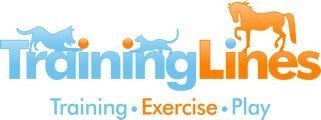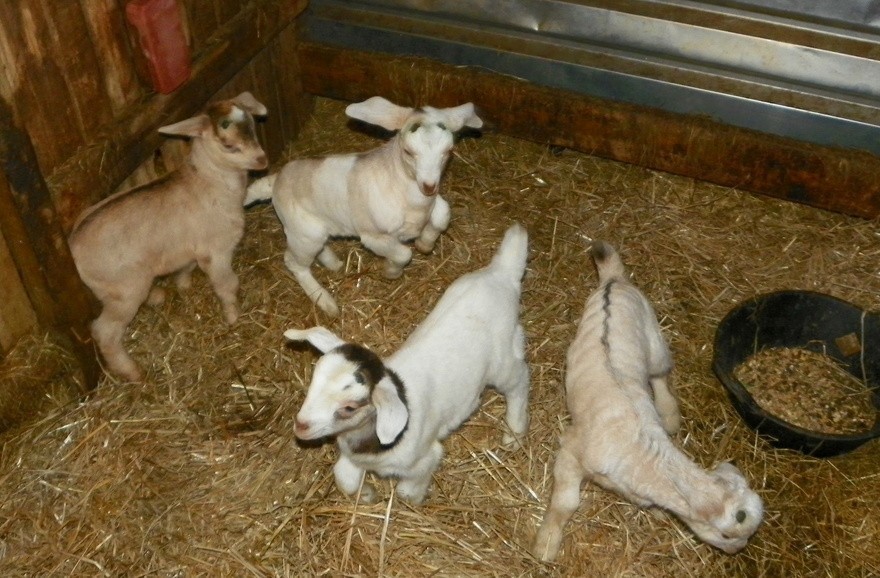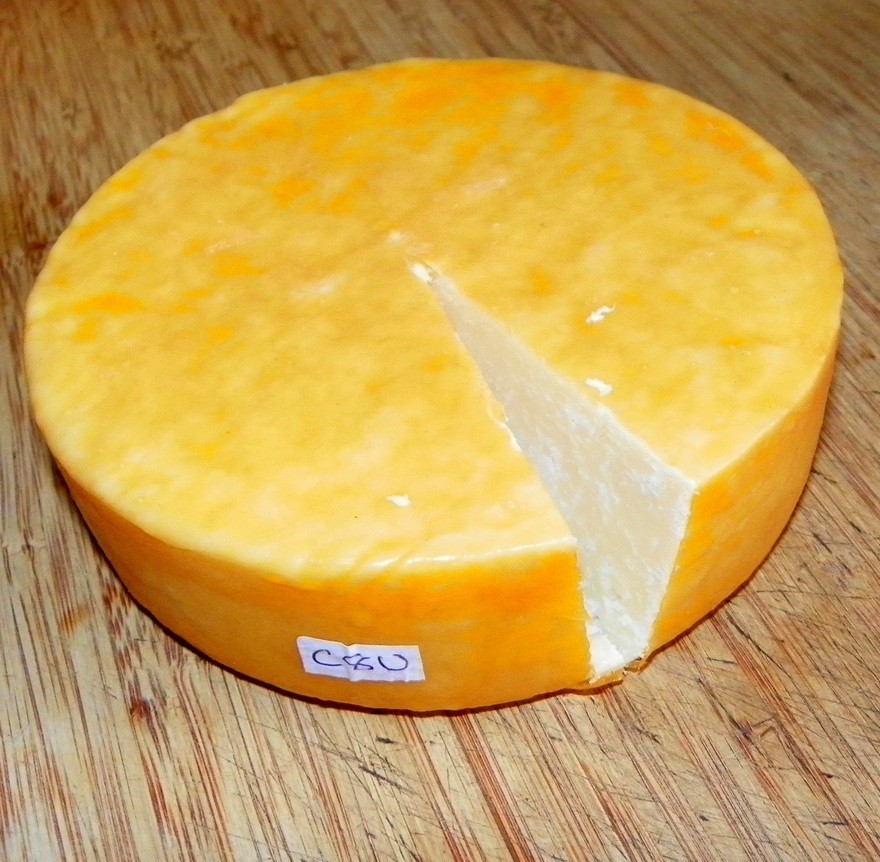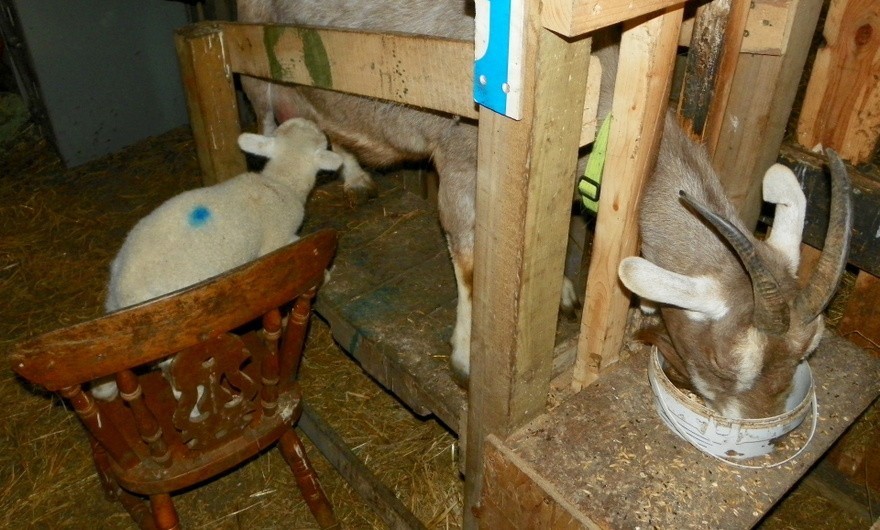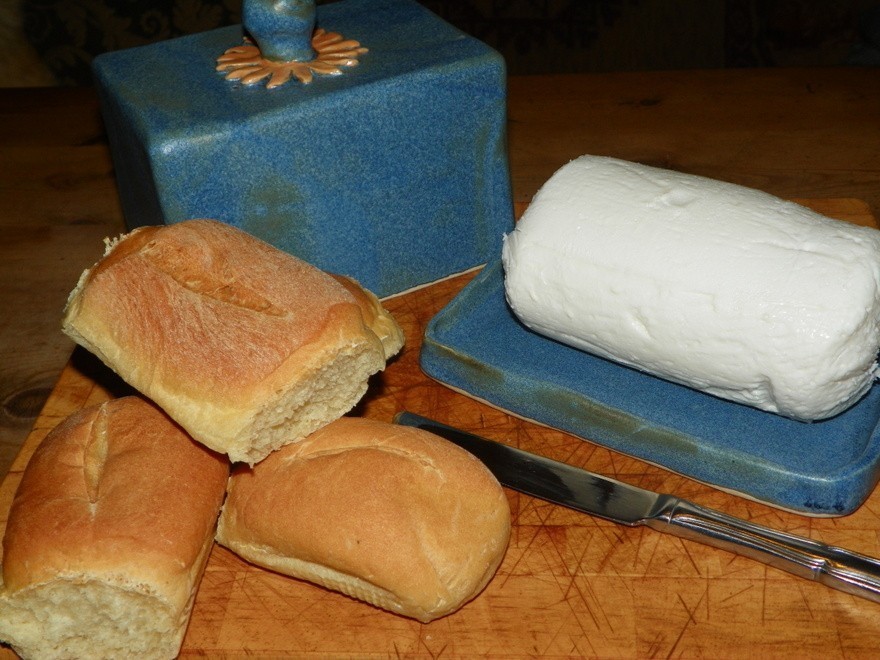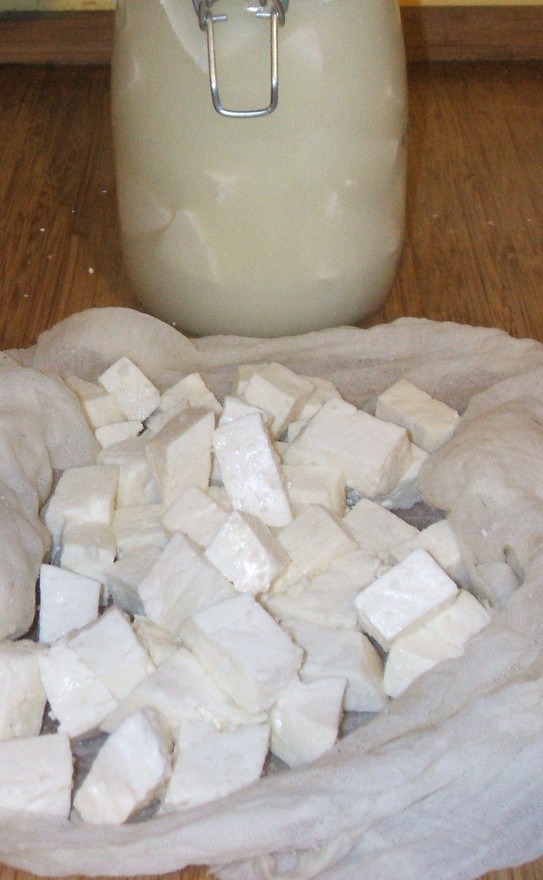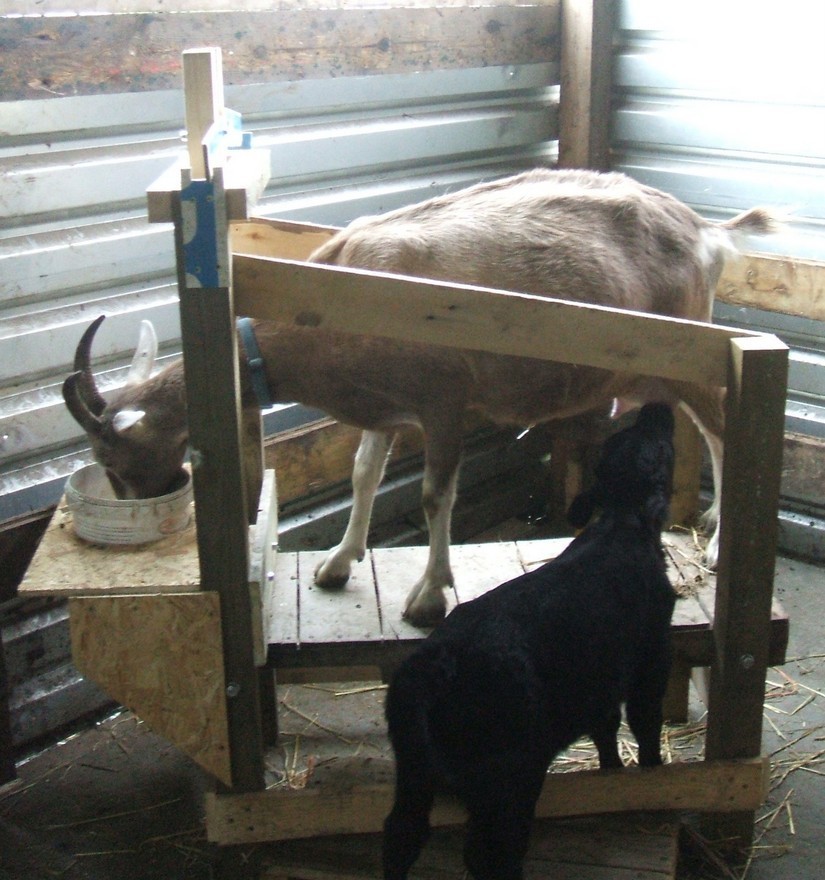
The kids are weaned, the goats are in full flow and the dairy re-opens
It’s been a busy few weeks here at the croft. We separated the kids from their mums, earlier than anticipated due to sore and bleeding teats. Those little beasts have sharp teeth. For a while we hand milked the does and fed the kids with bottles, but they weren’t keen and were eating solid food and hay with great enthusiasm.
Once the mothers were healed up, we got out the machine and since then have been milking twice a day. These two goats are not producing a lot compared with some breeds but we are getting around 21 litres a week.
Every day is a challenge, so far we have made yoghurt, ice cream and butter. With the waste product, buttermilk we have baked some beautiful baps. The fridge is full of jars of cream and soon the cheese making will begin and we will be drowning under vats of whey. It’s almost a full-time job!
In other news we have switched Fin’s medication from Atopica to a relatively new drug, Apoquel which is extremely difficult to get hold of. It is not specifically for his particular problem but it seems to be keeping him stable and the difference in his overall demeanour is remarkable. His appetite is back and he is far happier. At nearly 15, we know we are not going to cure him of this awful disease, but we are doing the best we can to keep him comfortable and allow him to enjoy his life again.

